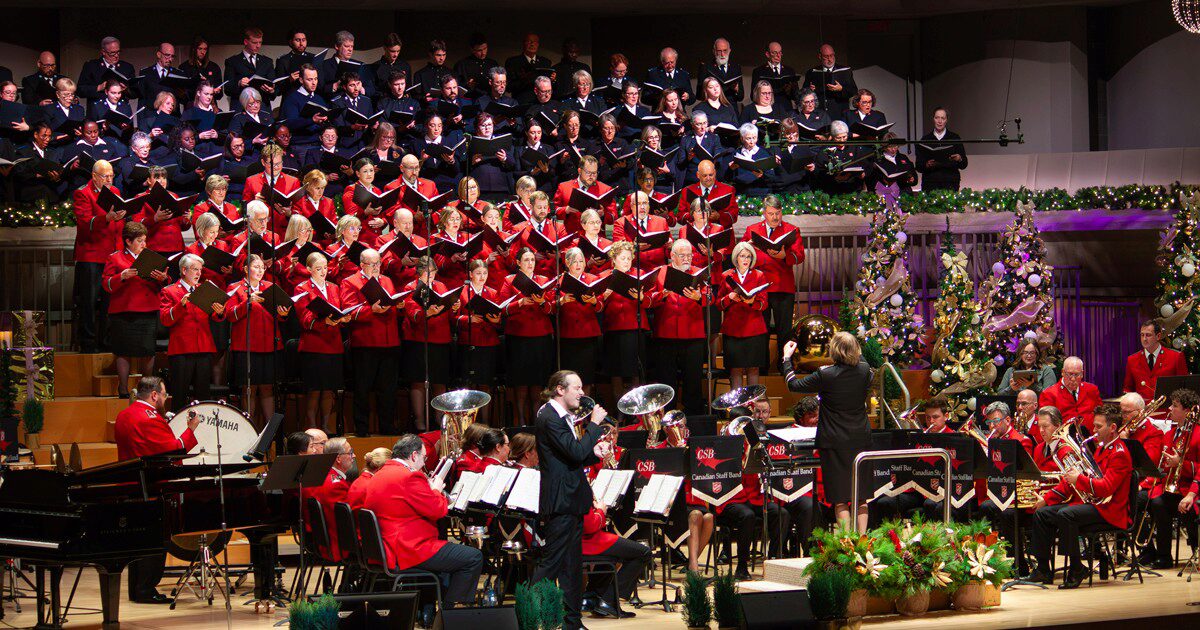 There's an old saying: “When it comes to teams, either we're pulling together or we're pulling apart!” Corps officers and local officers alike have experienced sleepless nights before or after “church board” meetings. Misunderstandings, hidden agendas and “turf wars” have caused tensions among many well-intentioned people. Rather than “pulling together,” it seemed we were “pulling apart!” In our frustrations, we wished for a better way of conducting Kingdom business.
There's an old saying: “When it comes to teams, either we're pulling together or we're pulling apart!” Corps officers and local officers alike have experienced sleepless nights before or after “church board” meetings. Misunderstandings, hidden agendas and “turf wars” have caused tensions among many well-intentioned people. Rather than “pulling together,” it seemed we were “pulling apart!” In our frustrations, we wished for a better way of conducting Kingdom business.
The primary purpose of any ministry team is to share God's vision to serve, support, encourage and empower others in their areas of ministry to use their spiritual gifts to fulfil God's mission. For many years, the corps council/census board model of governance fulfilled this mandate. In recent years, a review of how local corps are governed in The Salvation Army has influenced alternatives to this model. It's an attempt to embrace a new style of leadership and team ministry to help congregations deal with new realities. Modifying or totally replacing the corps council has made way for a mission board structure, which can effectively and efficiently deal with the pastoral, program and business issues in the local congregation.
Structure of the Mission Board
Three areas of ministry are designed as departments and given oversight by directors:
• director of business administration, dealing with finance and property
• director of program, giving oversight and support to specific leaders and ministries
• director of pastoral care, offering support to the pastoral staff and other leaders
The membership of the board consists of the divisional commander (an ex-officio member), the corps officer(s) as chair, corps sergeant-major as vice-chair, the youth pastor (if there is one in the corps) and the three directors.
Members are not appointed to the board based on their position, but according to their spiritual gifting and experience. It is entirely possible that the only local officer on the ministry board will be the corps sergeant-major.
What Are the Advantages?
• Allows for a more focused and intentional approach to critical areas: pastoral, program, finance and property.
• Streamlines the process of decision-making. While others may be consulted outside the board membership, there is an effectiveness and efficiency in working with a smaller group. More people does not necessarily represent more points of view, often just a rehashing of the same points of view, which is time consuming, frustrating and leads to indecision.
• Allows local officers to focus more on their primary responsibility rather than being overworked and overburdened with other issues that are not relevant to their area of ministry. After all, most people live busy lives outside of their corps responsibilities.
• Gives opportunities for those outside of a local officer position to use their experience, expertise and spiritual gifts in the decision-making of the corps.
• Enables “new blood,” fresh views and insights, creative energies with the change of membership every 3-5 years. No “life-timers” allowed! As Reggie McNeal notes in The Present Future: “God is still inviting us to join him in mission, but it is the invitation to be part of a movement, not a religious club.”
What Are the Fears?
• Some people, who have served on a corps council for years because of their position, may feel left out of the central core of decision-making. However, consultation can take place in an informal manner to gather ideas or seek input on issues both from those who give leadership and also from congregational members.
• The new system tends to put a lot of responsibility in the hands of a few, most of whom are volunteers who already have heavy schedules outside of their church responsibilities. Directors are encouraged to seek out assistant directors to help in the ongoing efforts outside the committee meetings.
In my experience as a corps officer, I have worked with both models of governance—corps council and mission board. The jury is still out as to which is the more effective method. Both have merit, depending on the situation. One size doesn't fit all. The key question is not which model is best, but whether you're pulling together or pulling apart. If you're pulling apart, it may be time to look at the alternatives before you fall apart.
One last thing: it's not the structure of the board that will impact lives but people who are passionate about Christ, driven by mission, with a burning desire to be a “transforming influence” in their communities.
Major Everett Barrow is the Corps Ministries Secretary, Territorial Headquarters









In order to expedite decision making and efficiently use the time of volunteers, there must be a management team that has the authority to speak on behalf of the congregation. Whither this team is in the form of a Corps Council or a Ministry Board, each decision they make should be easy to explain in terms of the over all plan. Let’s support our leaders and trust that God has chosen them because of skills and talents that He has given them to carry out His plan in our community. At the same time, as leaders let’s not forget that God’s plan includes all His children, with everyone having a part to play. It is only when we work together as one body that we will realize the blessings He has in store for us.